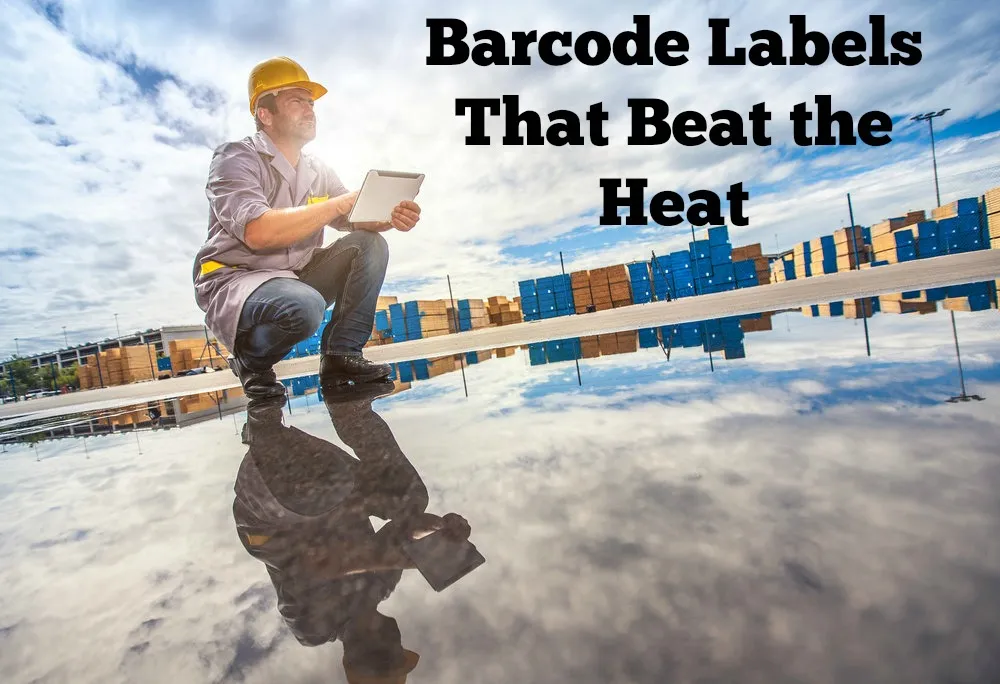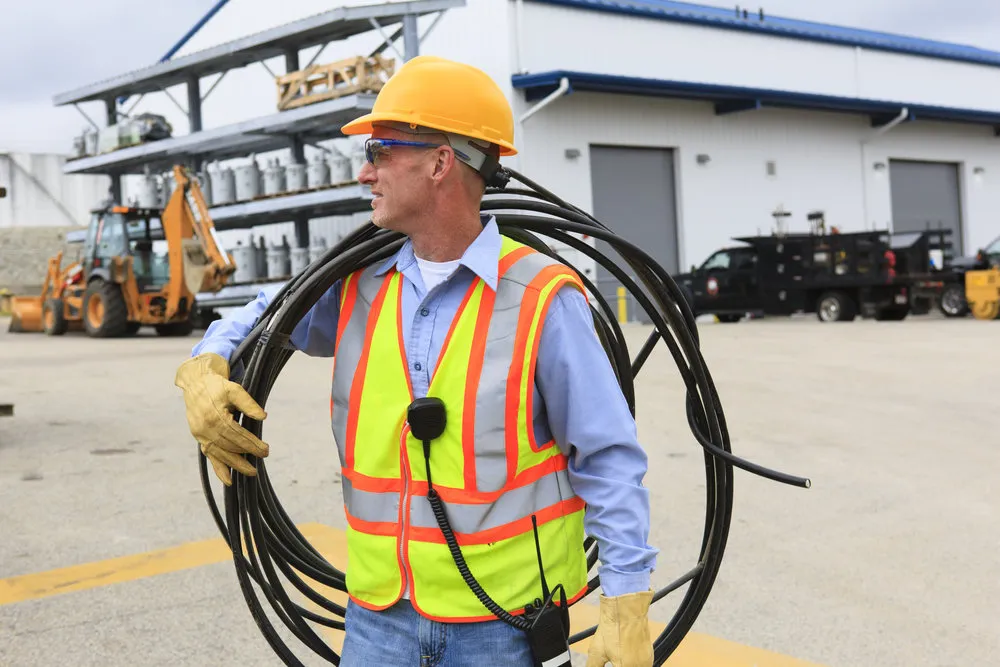 Businesses of all sizes and across all industries are increasingly coming to the same realization: Barcodes and barcode labels are incredibly helpful tools, great for keeping inventory and assets organized as part of a larger control system. Amazon uses them to keep track of everything in their massive, chaotic warehouses; small businesses and government agencies use them to record the location of tools, vehicles, computer equipment and more.
Businesses of all sizes and across all industries are increasingly coming to the same realization: Barcodes and barcode labels are incredibly helpful tools, great for keeping inventory and assets organized as part of a larger control system. Amazon uses them to keep track of everything in their massive, chaotic warehouses; small businesses and government agencies use them to record the location of tools, vehicles, computer equipment and more.

Of course, not every business has the same needs or operate under the same conditions. Some have their inventory in small, temperature-controlled warehouses with few difficult conditions, while others occasionally have to subject their assets to harsh environments, filled with heat, sand and even abrasion or chemical interaction. Since not every barcode is created with the same technology, or printed to the same material, or applied using the same methods, some thought and care is needed when choosing the best barcode label for the job.
Before jumping right away into deciding the material you’d like to print your barcodes on, take a moment to decide the scale and cost of your barcode needs. We have a labels first mentality. First find the label that will work for your application, then consider the printer that can handle this material/ribbon combination and then look at duty cycle, environment. There’s both the type of printer you can use as well as the technology to consider:
- Printer type: The three main types of barcode printers are mobile, desktop and industrial. Mobile printers are good for printing on the go, and create smaller labels best used in transportation, logistics, government and healthcare. Desktop printers print modest-sized batches of barcodes each day and thus are good for those in retail, security and travel/hospitality. Industrial printers can print a massive number of barcodes, in all kinds of conditions, 24/7 -- and thus are good for manufacturing and warehousing needs.
- Printer technology: There are also three main types of barcode printing technology, inkjet, laser and thermal, though thermal is quickly becoming the go-to choice for those who are creating and printing their own labels. Thermal technology can either be applied as direct thermal or thermal transfer; of the two, thermal transfer (which uses heat to bond a film of resin or wax to the label) often creates the longest-lasting and most durable barcode labels you can find.
Thus, if you’re expecting to expose your inventory or other important assets to harsh conditions like extreme light or weather, barcode labels created with thermal transfer technology is likely your best bet to creating something that lasts.
The next consideration is the material, or facestock, that you’ll use for barcode printing. Synthetic materials are often utilized when using thermal transfer, such as:
- Polypropylene: A 3-millimeter thick label with a plastic film and aggressive adhesive backing, this material is temperature-resistant up to 175 degrees Fahrenheit and stands up well (i.e., little scratching or smearing) under chemical resistance.
- Polyester: This material, while thinner than polypropylene, is often used for long-lasting labels that can withstand up to 270-300 degrees Fahrenheit and is highly chemical- and solvent-resistant.
- Polyimide: These industrial labels can withstand high temperatures (up to 500 degrees Fahrenheit) as well as wave soldering, fluxes, chemical washes and cleaners -- great for circuit boards.
If abrasion is not an issue, premium polyester labels are often seen as one of the best and most economical choices for durable labels on the market. They are often sub-surface printed, which provides an extra layer of protection against low-level abrasion and things like caustics and acids.
 However, if you’re in the market for the most durable and extremely long-lasting labels out there, and are comfortable investing more to ensure your barcodes withstand anything thrown at them, consider these even stronger options:
However, if you’re in the market for the most durable and extremely long-lasting labels out there, and are comfortable investing more to ensure your barcodes withstand anything thrown at them, consider these even stronger options:
- Anodized aluminum foil labels: It’s not just for keeping your food fresh in the refrigerator: These labels are made of .003” aluminum material and can conform to curved surfaces, which is particularly helpful when applying labels to tools and other assets. The barcode is sealed within an anodic layer (anodizing is an electrochemical process that converts a metal surface into an anodic oxide finish that makes the label durable and corrosion-resistant) of the aluminum. After applying the label to a surface with an aggressive adhesive, the barcode should survive all levels of temperature, chemicals and abrasion.
- Metal tags: Environments of the most extreme measure, where temperatures can reach up to 1000 degrees Fahrenheit, may require metal barcode tags. These labels are made up of .008” thick aluminum, but other thicknesses are possible as well (up to .063”). If the tags are intensified, the tags can withstand high temperatures and even improves image resistance against environmental conditions like UV rays. Because they are tags and not traditional adhesive labels, producing them with holes that allow businesses to fasten the label to their assets is an option.
Synthetic material barcodes (as opposed to paper) have many applications beyond just withstanding harsh conditions in warehouses. They can be attached to hard-to-label surfaces, on jewelry that requires cleaning, on tools used outdoors and more. For a full list of applications, technology, materials and adhesives used with synthetic materials, read more about the best barcode labels for manufacturing.
Another way to help ensure your barcodes stay clean and readable, particularly during the hot summer months, is to prepare your warehouse to withstand rising temperatures (or only do business with warehouses that take these steps). By regulating air temperature, not skimping on preventative measures and insurance costs and investing in tools that make for a more efficient warehouse (such as inventory management software, which helps ensure no inventory is on the shelf for too long), your labels will be more likely to go the distance.
Barcode labels, despite their humble origins, are predicted to be one of the most effective tools of the future of warehousing, manufacturing and retail. If you take care of your assets and inventory by applying labels that can withstand the heat (or the cold, or the sun, rain, light or even chemicals), they’ll take care of you. If you need a good place to get started, consider using the System ID Barcode Label Finder, which helps find the best fit based on printer, label type, and other factors including the preferred color of your labels.
What barcode labels would be a good fit for your warehouse?


